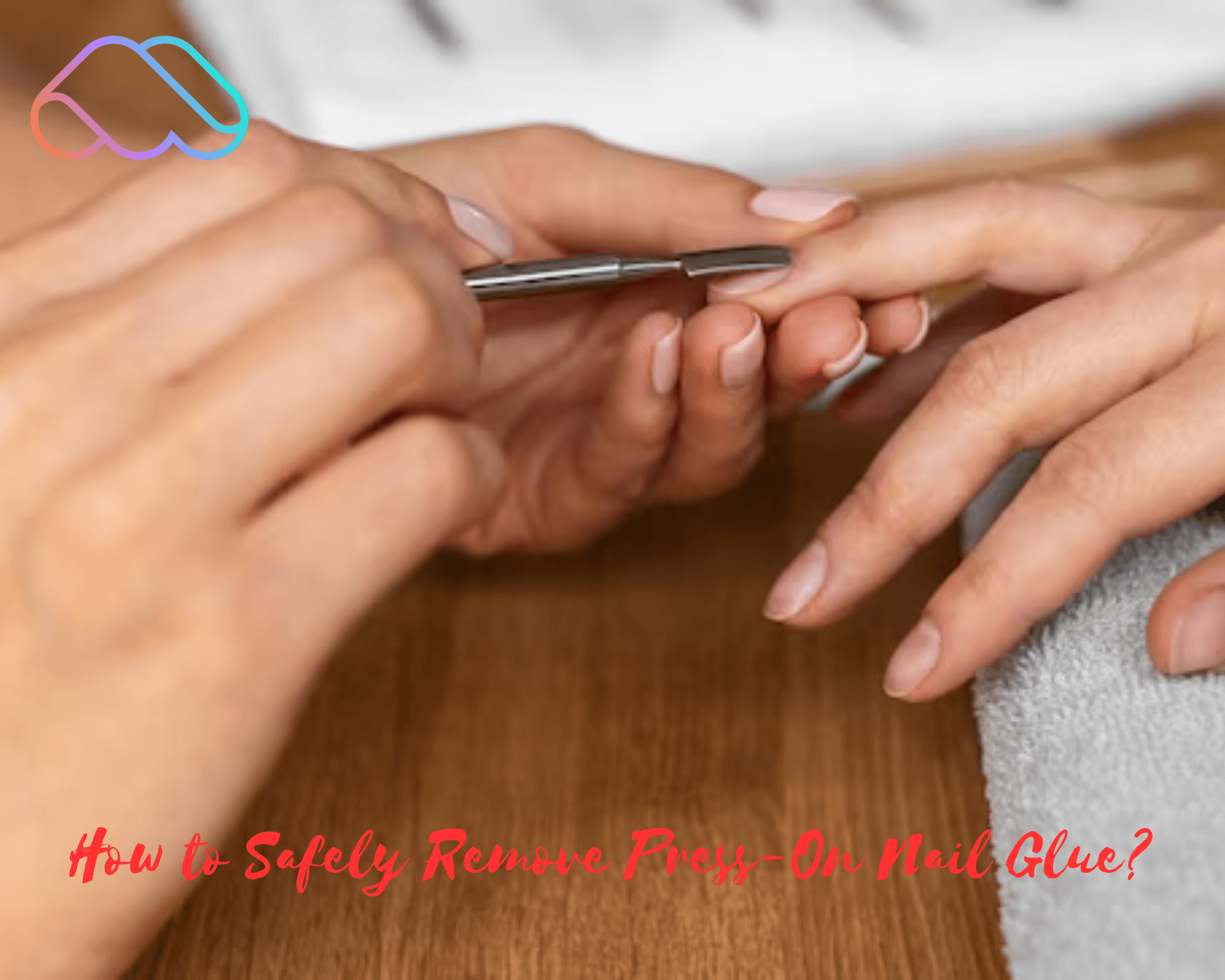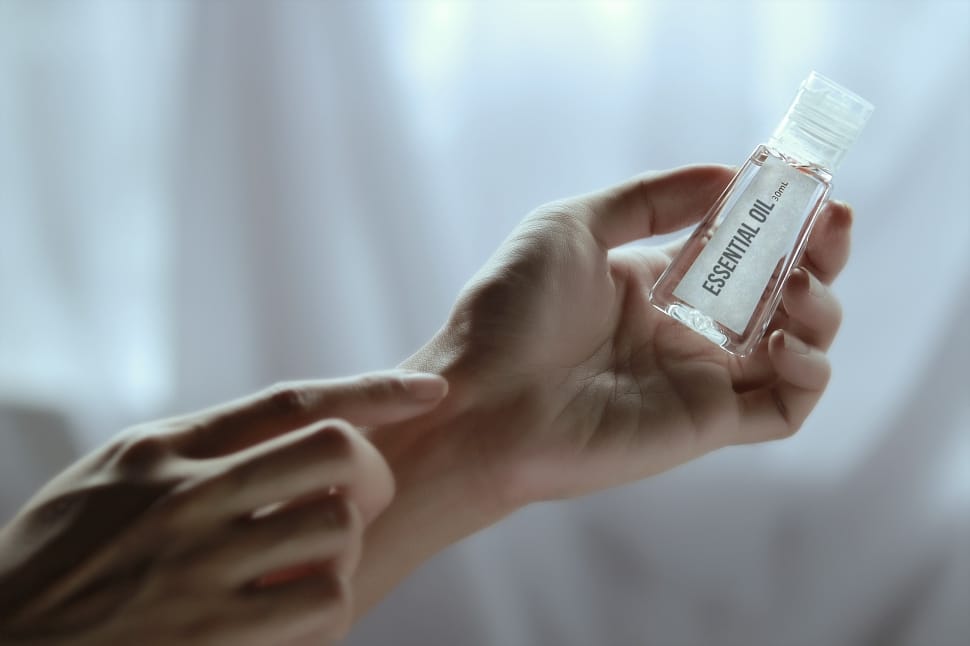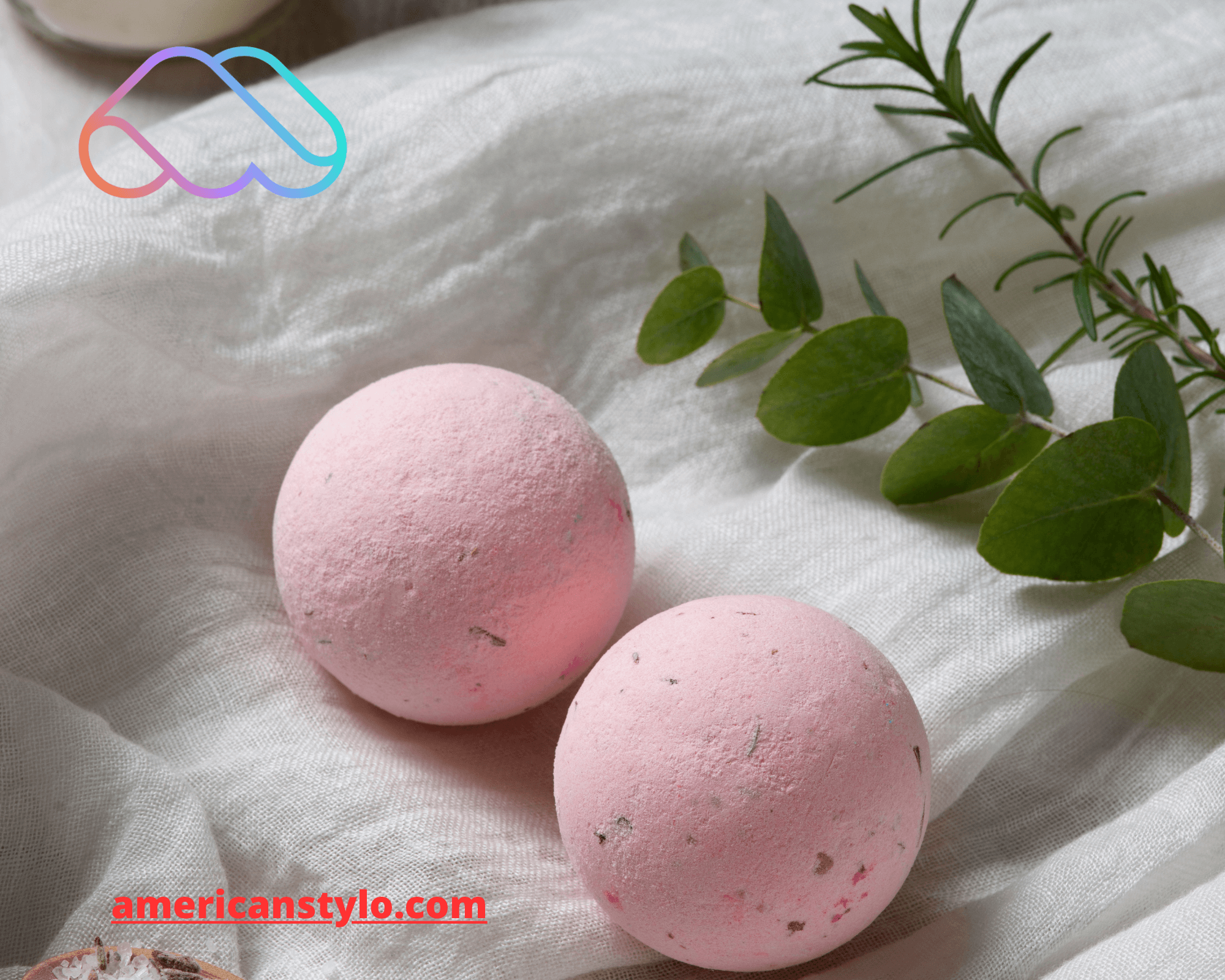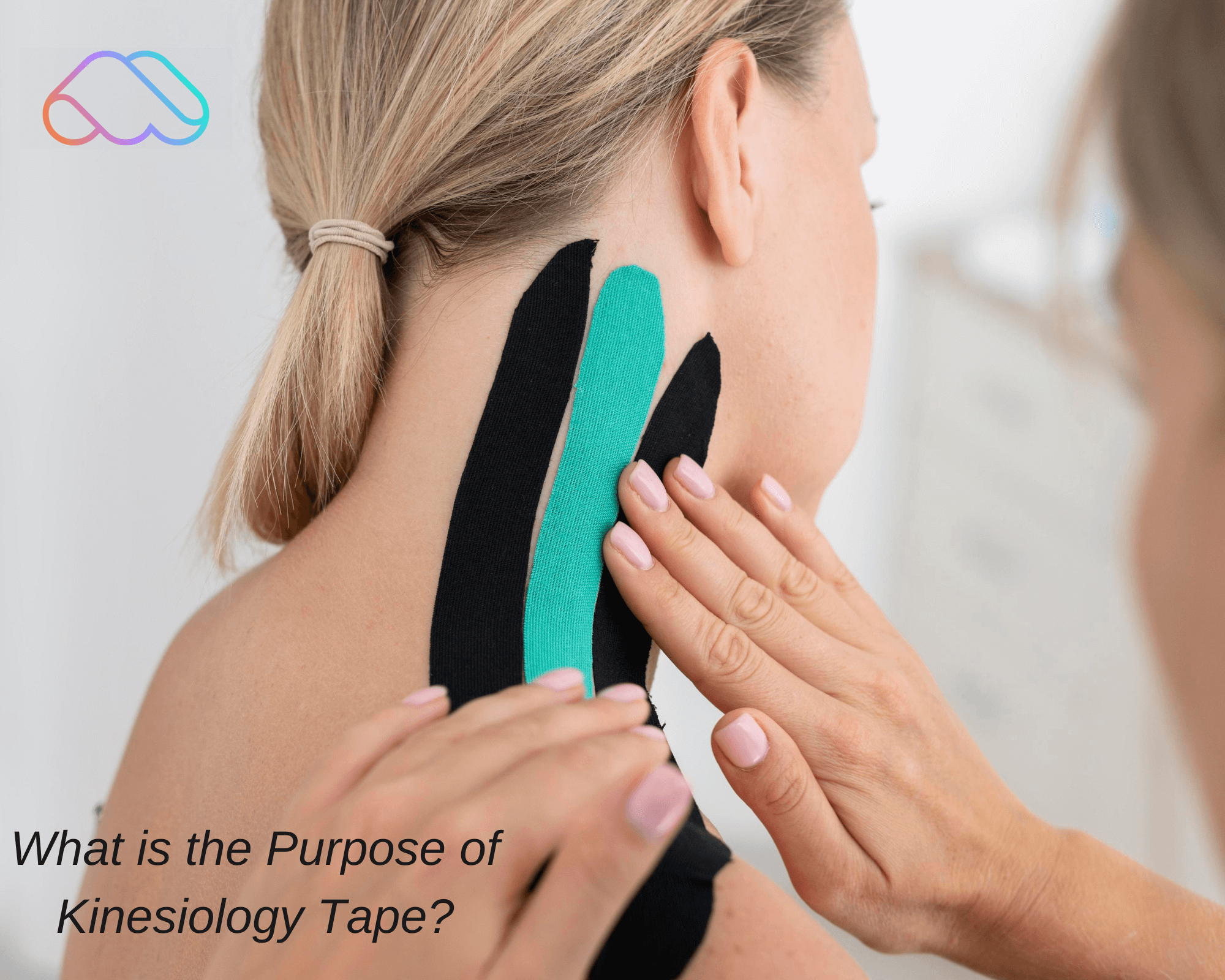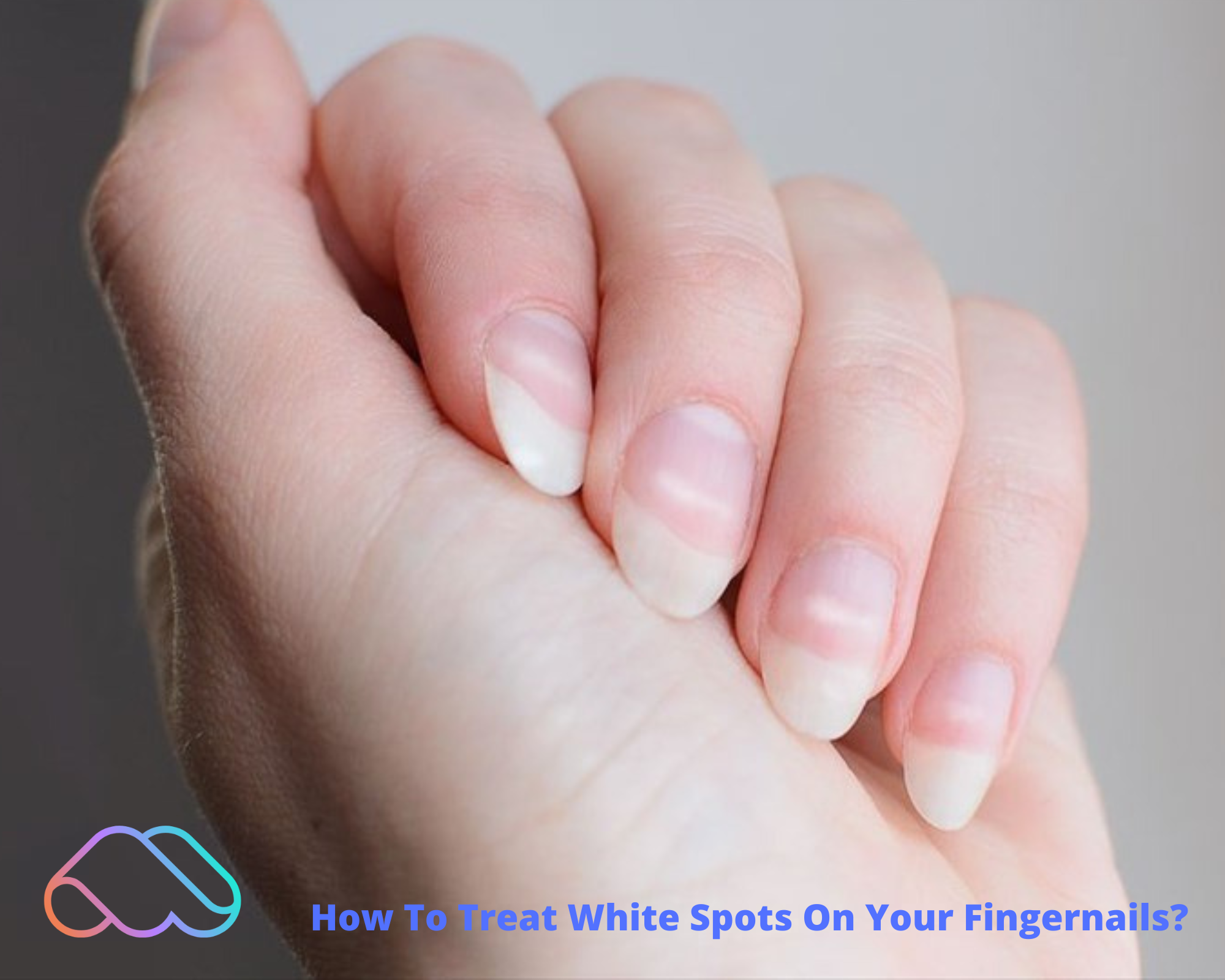
How To Treat White Spots On Your Fingernails? Our fingernails are not just for aesthetics; they can also reveal important clues about our overall health. Although white spots on the nails may seem like a minor concern, they can actually indicate underlying issues. This article will explore How To Treat White Spots On Your Fingernails the causes of white spots on fingernails and provide effective treatment methods. By understanding the potential causes and implementing appropriate remedies, you can restore the health and appearance of your nails.
Other related articles,
Why are my Gel Nails Turning Brown, Best Tips & Tricks
How often should you get a manicure and pedicure?
How Many Times Can You Fill In Acrylic Nails Before Replacing Tips?
How much are ombre nails , Best Guide with 5 Unique a Ombre gel Nail ideas
What Causes White Spots on Fingernails?
White spots on fingernails, scientifically known as leukonychia, are a common concern for many people. Although they may not always indicate a serious problem, they can sometimes be a sign of underlying health issues. It is crucial to understand the causes of white spots on fingernails in order to ensure proper diagnosis and treatment. Now will explore some of the common factors that contribute to the appearance of white spots on fingernails.
- Trauma or Injury: Minor trauma or injury to the nail bed is one of the leading causes of white spots on fingernails. Bumping or hitting your nails can result in leukonychia, which manifests as small white spots. These spots are generally harmless and will naturally grow out as the nails grow. It is worth noting that white spots caused by trauma usually do not require specific treatment.
- Nutritional Deficiencies: White spots on fingernails can also be an indication of nutritional deficiencies. Insufficient intake or poor absorption of certain nutrients, such as zinc, calcium, and vitamins A, C, and B-12, can impact the health of your nails. These deficiencies may manifest as white spots. Maintaining a well-balanced diet and ensuring an adequate intake of essential nutrients are crucial for overall nail health.
- Fungal Infections: Fungal infections, particularly onychomycosis, can lead to the development of white spots or patches on the nails. Fungi thrive in warm and moist environments, making the nails susceptible to infection. These infections can affect the structure and appearance of the nails, resulting in the appearance of white spots. If you suspect a fungal infection, seeking professional medical advice for accurate diagnosis and appropriate treatment is important.
- Allergies and Skin Conditions: Certain allergies and skin conditions can contribute to the occurrence of white spots on fingernails. Skin conditions like eczema or psoriasis can affect the nails, leading to the appearance of white spots. Additionally, contact allergies to nail polish or other nail products can cause localized discoloration. Identifying and avoiding allergens or irritants can help prevent the development of white spots.
- Systemic Illnesses: White spots on fingernails may also indicate underlying systemic illnesses in some cases. Conditions such as liver disease, kidney disorders, thyroid problems, or heart conditions can cause changes in the appearance of the nails, including the presence of white spots. If you notice persistent white spots along with other symptoms, it is advisable to consult a healthcare professional for a thorough evaluation.
It is important to understand that not all white spots on fingernails are a cause for concern. In many instances, they are harmless and will resolve on their own. However, if you have concerns or if the white spots persist or worsen, it is always best to seek medical advice for proper diagnosis and treatment.
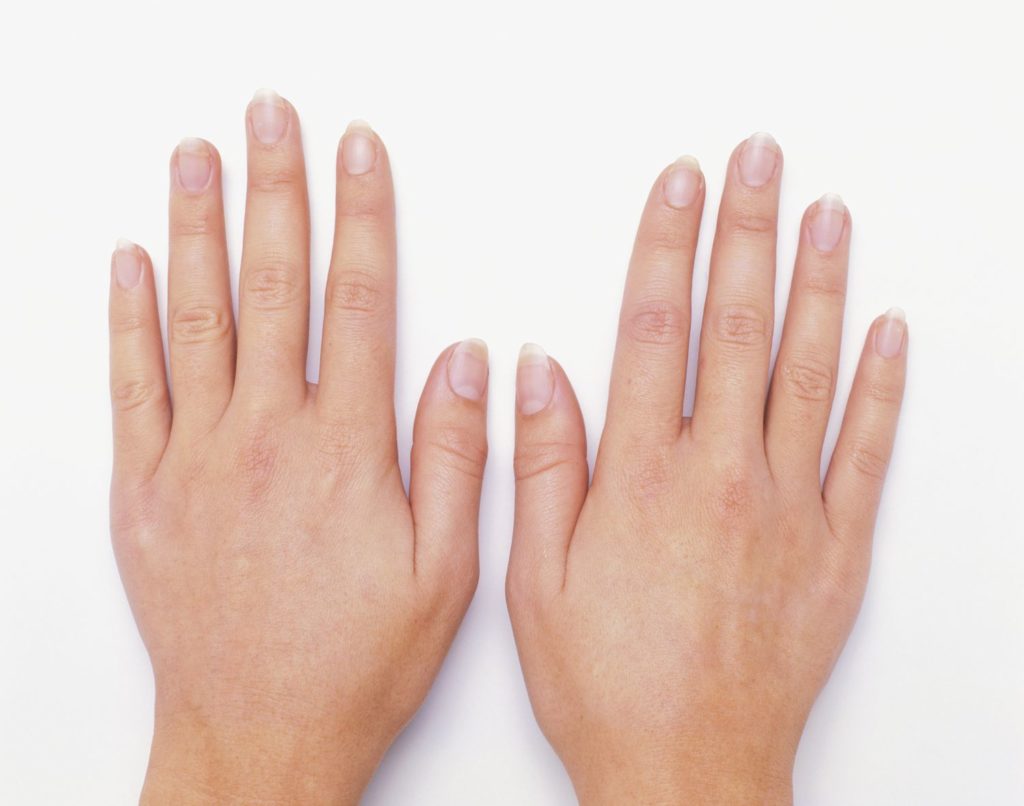
Treatment and Prevention of White Spots on Your Fingernails:
How To Treat White Spots On Your Fingernails? White spots on fingernails, also known as leukonychia, can be a cosmetic concern for many individuals. While most cases of white spots are harmless and resolve on their own, it is important to address any potential underlying issues for optimal nail health. In this article, we will explore effective treatment methods and prevention strategies to help you manage and prevent white spots on your fingernails.
Treatment Options:
- Practicing Good Nail Hygiene: Maintaining proper nail hygiene is crucial in treating and preventing white spots on your fingernails. Follow these tips:
- Keep your nails clean and dry: Regularly clean your nails with mild soap and water to prevent the growth of fungi or bacteria. Dry your nails thoroughly after washing or exposure to moisture.
- Avoid excessive use of nail polish or harsh chemicals: Overuse of nail polish, especially low-quality or expired products, can damage the nails and contribute to the development of white spots. Limit the use of nail polish and avoid harsh chemicals that can weaken the nails.
- Use gentle nail care tools: Choose gentle tools for filing and shaping your nails. Avoid aggressive filing or cutting, as it can cause trauma to the nail bed and lead to white spots.
- Address Nutritional Deficiencies: Ensuring a well-balanced diet rich in essential nutrients is vital for maintaining healthy nails. Here are some dietary recommendations:
- Zinc and calcium: Include foods such as dairy products, leafy green vegetables, nuts, seeds, and whole grains, which are good sources of zinc and calcium.
- Vitamins A, C, and B-12: Consume foods like carrots, sweet potatoes, citrus fruits, berries, broccoli, spinach, and lean meats to obtain adequate amounts of these vitamins.
If you suspect a nutrient deficiency, consult with a healthcare professional or a registered dietitian. They can provide personalized recommendations and may suggest dietary supplements if necessary.
- Moisturize and Protect: Proper moisturization and protection can help prevent dryness and damage to the nails. Follow these steps:
- Apply moisturizing cream or oil: Regularly apply a moisturizing cream or oil to your nails and cuticles to maintain hydration and prevent dryness. Look for products that contain ingredients like shea butter, vitamin E, or jojoba oil.
- Wear gloves: Protect your nails while performing household chores or working with chemicals by wearing gloves. This will minimize contact with harsh substances that can weaken or discolor the nails.
- Treat Fungal Infections: If you suspect a fungal infection as the cause of white spots on your nails, it is important to seek professional medical advice. A dermatologist can provide an accurate diagnosis and recommend appropriate treatment options, which may include:
- Topical antifungal medications: These medications are applied directly to the affected nails and surrounding skin. Follow the instructions provided by your healthcare professional for effective use.
- Oral antifungal medications: In some cases, oral medications may be prescribed to treat severe or persistent fungal infections. These medications work from within the body to combat the infection.
- Combination therapy: In more severe cases, a combination of topical and oral antifungal medications may be prescribed for more effective treatment.
It is crucial to follow the prescribed treatment regimen consistently and complete the full course of medication, even if the white spots disappear. This will help prevent the recurrence of fungal infections.
Prevention Strategies:
- Maintain a Healthy Lifestyle: A healthy lifestyle can contribute to overall nail health. Follow these guidelines:
- Stay hydrated: Drink plenty of water to keep your nails and cuticles hydrated.
- Avoid nail biting or picking: These habits can damage the nails and increase the risk of developing white spots.
- Don’t use your nails as tools: Avoid using your.
- Seek Medical Evaluation:
- If white spots persist or are accompanied by other concerning symptoms, consult a healthcare professional for a thorough evaluation.
- A healthcare professional can determine the underlying cause and recommend suitable treatment.
Conclusion:
White spots on fingernails can indicate various underlying factors, ranging from minor injuries to nutritional deficiencies or systemic illnesses. While most cases of white spots are harmless and resolve on their own, addressing potential underlying issues is essential for optimal nail health. By practicing good nail hygiene, addressing nutritional deficiencies, and seeking appropriate treatment when necessary, you can effectively treat white spots on your fingernails and promote overall nail well-being. Remember, healthy nails not only look good but also serve as an indicator of your overall health.



